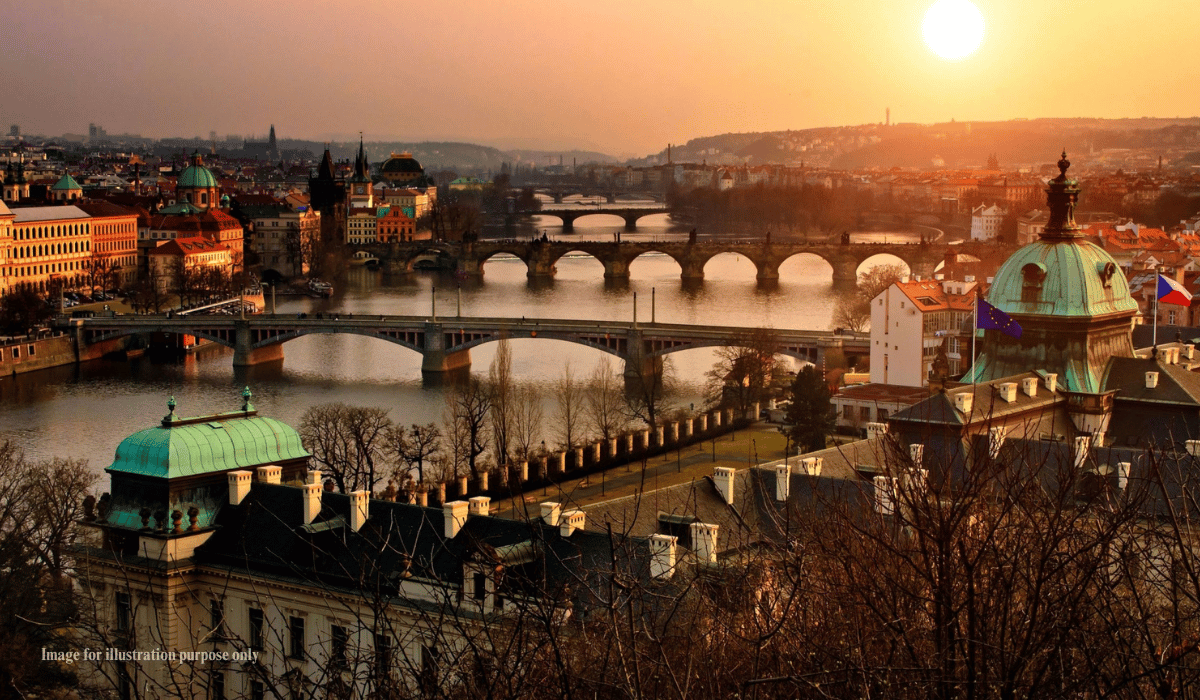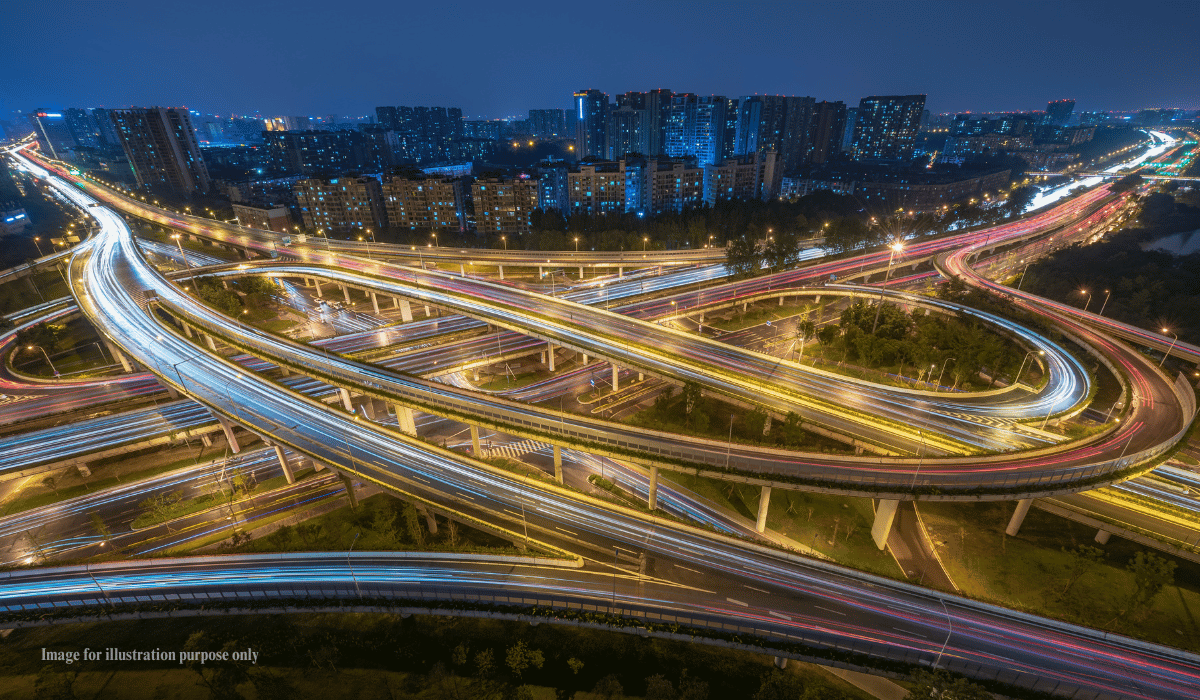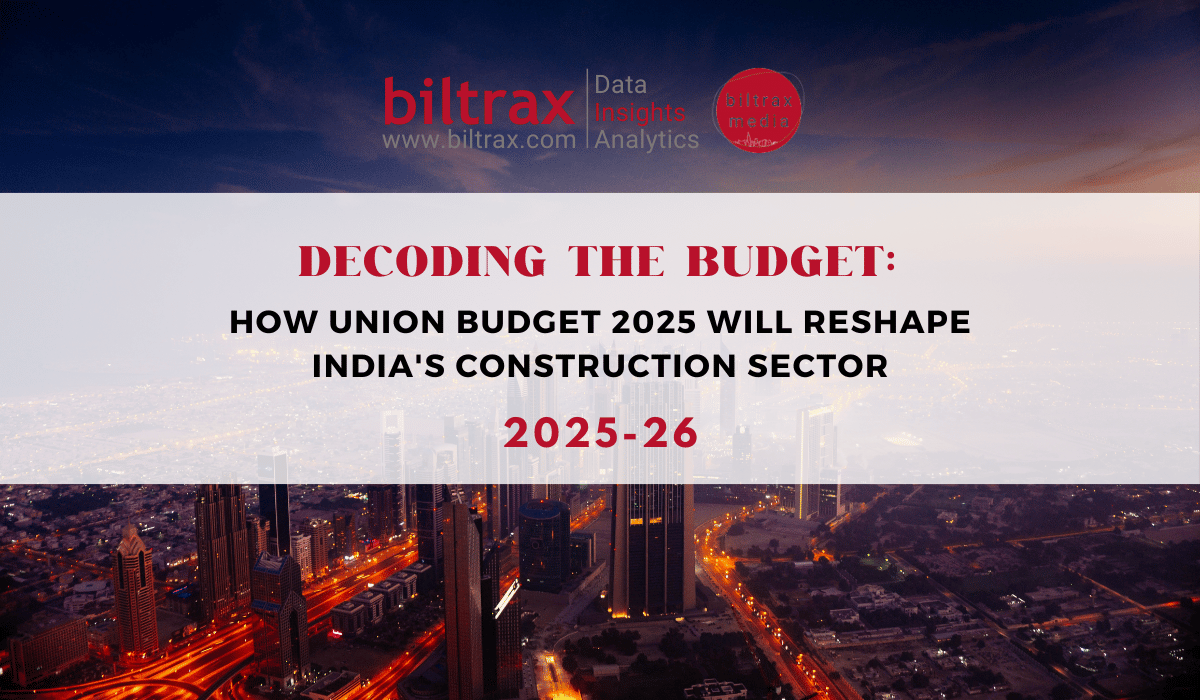An urban setup is often associated with luxury, grandeur, and sophistication. But, seldom do people see the other side of this coin. The ever-increasing population density, scarcity of resources, and high living costs are all taxing aspects of city life. Town Planners and Urban Designers contribute significantly to systemizing cities by easing these pain points. However, the outbreak of the COVID-19 pandemic has made living in urban areas an even more challenging task. India’s urbanscape has proved to be highly vulnerable to the spread of the pandemic. Most urban sprawls have organic growth and unorganized settlements. This makes the cityscape a hotbed for the spread of the virus.

The pandemic has brought cities to a screeching halt with only essential services functioning to their full capacity. While the organized sector such as information technology switched to working from home, the unorganized sector remained partly or completely shut. The non-essential yet significant industries such as hospitality, construction, infrastructure, and entertainment have suffered huge losses. This in turn has affected the earning capacity of the urban populace. The people who work on a daily wage basis or perform on-site roles have faced a major setback. With little or no income to sustain an urban lifestyle, it has become vital for cities to keep functioning for their people.
What is a Pandemic-Proof City?

For a city to thrive amidst a pandemic it is essential for all sectors to perform while adhering to safety protocols. With every covid wave being more unsettling than the previous one, it becomes essential to devise resilient urban spaces. Hence, the concept of pandemic-proof cities has surfaced to support a secure lifestyle for people. As the name suggests, designing a pandemic-proof city means safeguarding the city from the repercussions of the pandemic. Since COVID-19 is highly contagious, saving the city from facing a health crisis becomes the end goal. This has to be achieved without putting stress on the urban resources and keep the other sectors working smoothly.
How is the idea being promoted?
Every person wants to lead a safe and secure life. So, the concept of pandemic-proof cities is a hit with the masses. In an attempt to make the city pandemic-proof, many efforts have to be taken considering long-term and short-term objectives. Lessons learned from the COVID-19 pandemic can be translated into master plans, policies, and layouts that pave the way forward for future cities. Architects and builders are leveraging this concept to increase their real estate sales. They are developing state-of-the-art townships that are well-spaced, sanitized, and secure to create pandemic-proof communities.
Building Pandemic-Proof Cities

The rethinking of cities should begin with the urban layout. Urban density should be decreased by diversifying human settlements. Developing suburban areas with good infrastructure will encourage people to divert them from settling in city centers. Restricting land use for the purpose of open spaces needs to be encouraged. This is because natural environment settings are less supportive of virus transmission. Planning for open grounds, and parks will encourage people to exercise and strengthen their immunity which helps in combating the COVID-19 infection. Building construction codes in every country should undergo reforms to plan for contact-less floor circulation and secluded living.
Public transportation can be reinvented with the idea of maintaining social distancing. Technology-driven ticketing and payment systems can help in contact-less administration. Sanitizing trains, buses, and metros at regular intervals would ensure the safety of passengers. Since the pandemic outbreak, people have resorted to walking as a form of exercise. Designing footpaths to enhance the city’s walkability will help in reducing traffic and promote a sustainable lifestyle. Planning a Mass Rapid Transit System (MRTS) will allow good connectivity between the city and its suburbs making it easier for people to travel back and forth. This will encourage people to settle in suburban neighbourhoods where the population density will be comparatively lesser than the city.

Dealing with informal settlements such as slums in cities would be a major challenge. For instance, Dharavi in Mumbai, Asia’s biggest slum consistently tops the chart of localities with the highest Covid cases in the city. The lack of space in slums does not provide much scope for social distancing. The meagre or complete lack of ventilation in slums forces people to occupy common areas such as lanes and crossroads which makes it difficult to maintain distance. In this case, abating the risk of community transmission of the virus becomes troublesome. Inappropriate sanitation and waste management in these informal housing systems defy cleanliness protocols which are vital in avoiding viral infections.
The sudden outbreak of the COVID -19 pandemic has made us realize the importance of resilient communities. While it is evident that the cities of today were not planned to fight a pandemic, there is certainly much scope to make them pandemic-proof. The collective effort of policymakers, urban planners, architects, and the general public at large can advance us towards creating healthy cities. Many pandemic-enforced trends such as substituting walking for vehicles, and passive cooling for HVAC will encourage sustainable living.
Sources:
- The key to Urban Development Models of the Future
- How do you build a city for a pandemic?
- Future-proofing cities in a post-pandemic world
- Building Pandemic Proof Cities
Disclaimer: The information contained herein have been compiled or arrived at, based upon information obtained in good faith from sources believed to be reliable. The opinions expressed within the content are solely the author’s and can be subject to change. The image featured in this article is only for illustration purposes. If you wish the article to be removed or edited, please send an email to editor@biltrax.com
Discover more from Biltrax Media, A Biltrax Group venture
Subscribe to get the latest posts sent to your email.





















